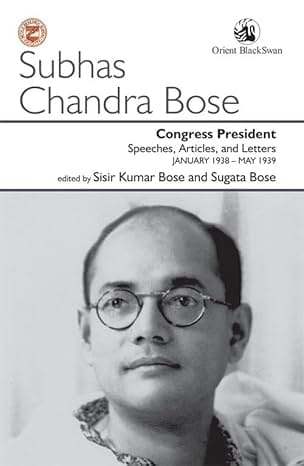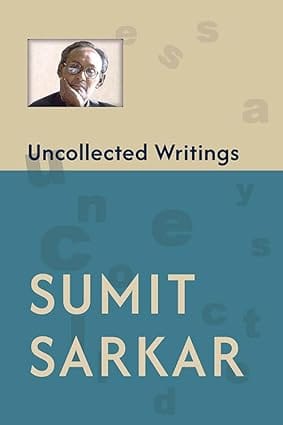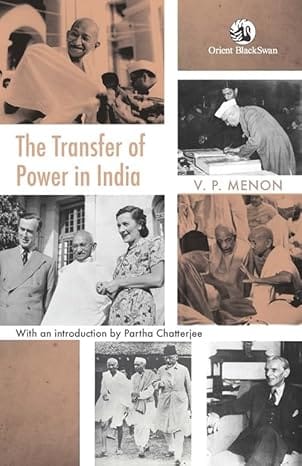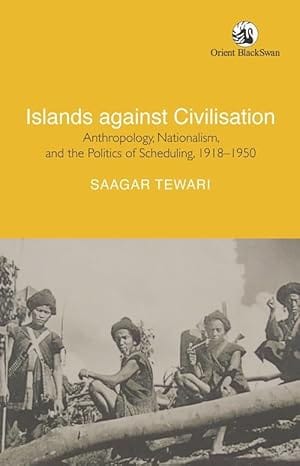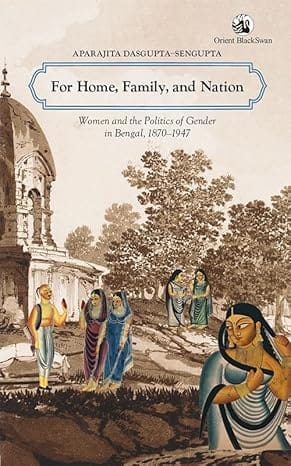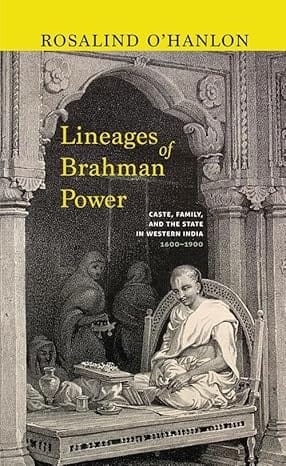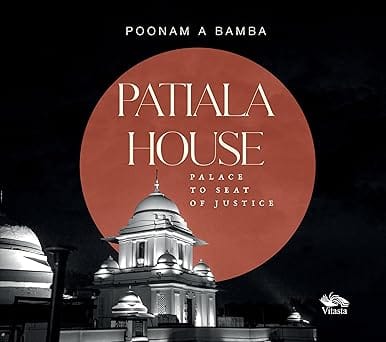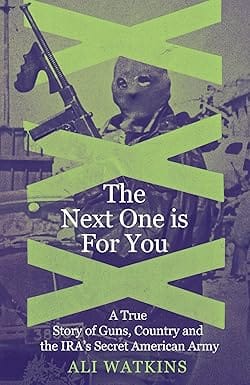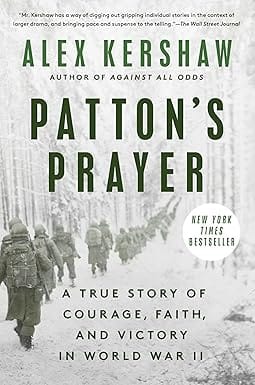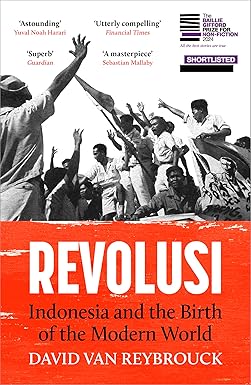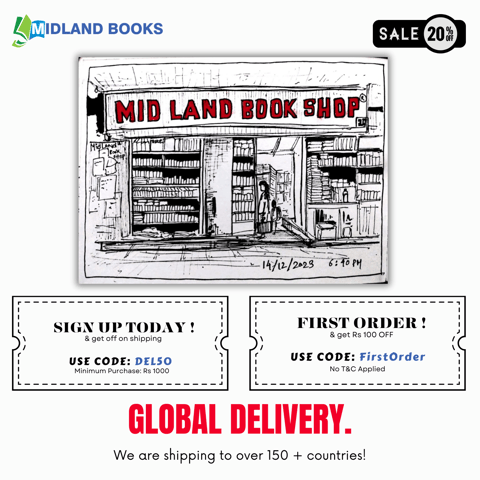- Non-ficton
- Non-ficton
- Contemporary Fiction
- Contemporary Fiction
- Children
- Children
- Comics & Graphic Novels
- Comics & Graphic Novels
- Non-Fiction
- Non-Fiction
- Fiction
- Fiction
As a catastrophe that uprooted millions, the partition of India has a compelling hold on South Asia and its historians. More specifically, Punjab has, as the partition’s western heartland, shaped modern India’s perception of itself in fundamental ways. Focusing on this region, Venkateswaran argues that collecting “tangible history” – relics, documents, and paintings – for museums was a crucible in which citizenship, national identity, and belonging were articulated, forged, contested, and denied in the aftermath of partition. She draws on hitherto unknown or little used archival material and connects disciplines that have seldom been linked: partition studies, South Asian museum historiography, and art history. By doing so, she offers fresh perspectives and insights into the processes that underpinned the making of India. In a period when national identities were nebulous, historic objects engendered “belonging” in all those who claimed and contested ownership over them, and those who interpreted them to reconstruct the region’s past. Such people included politicians, bureaucrats, art specialists, archaeologists, historians, museum keepers, university vice chancellors, and the ordinary public. Political actors have loomed large in South Asian history, obscuring the full range and diversity of individuals who shaped it. By foregrounding transnational networks of specialists such as archivists and art historians, this book provides depth and sophistication to reorient narratives of partition and South Asian independence.
9788178246956Compelled To Collect
SIZE GUIDE
- ISBN: 9788178246956
- Author: Mrinalini Venkateswaran Giles Tillotson
- Publisher: Permanent Black
- Pages: 296
- Format: Hardback
Book Description
As a catastrophe that uprooted millions, the partition of India has a compelling hold on South Asia and its historians. More specifically, Punjab has, as the partition’s western heartland, shaped modern India’s perception of itself in fundamental ways. Focusing on this region, Venkateswaran argues that collecting “tangible history” – relics, documents, and paintings – for museums was a crucible in which citizenship, national identity, and belonging were articulated, forged, contested, and denied in the aftermath of partition. She draws on hitherto unknown or little used archival material and connects disciplines that have seldom been linked: partition studies, South Asian museum historiography, and art history. By doing so, she offers fresh perspectives and insights into the processes that underpinned the making of India. In a period when national identities were nebulous, historic objects engendered “belonging” in all those who claimed and contested ownership over them, and those who interpreted them to reconstruct the region’s past. Such people included politicians, bureaucrats, art specialists, archaeologists, historians, museum keepers, university vice chancellors, and the ordinary public. Political actors have loomed large in South Asian history, obscuring the full range and diversity of individuals who shaped it. By foregrounding transnational networks of specialists such as archivists and art historians, this book provides depth and sophistication to reorient narratives of partition and South Asian independence.
User reviews
NEWSLETTER
Subscribe to get Email Updates!
Thanks for subscribing.
Your response has been recorded.

India's Iconic & Independent Book Store offering a vast selection of books across a variety of genres Since 1978.
"We Believe In The Power of Books" Our mission is to make books accessible to everyone, and to cultivate a culture of reading and learning. We strive to provide a wide range of books, from classic literature, sci-fi and fantasy, to graphic novels, biographies and self-help books, so that everyone can find something to read.
Whether you’re looking for your next great read, a gift for someone special, or just browsing, Midland is here to make your book-buying experience easy and enjoyable.
We are shipping pan India and across the world.
For Bulk Order / Corporate Gifting
 +91 9818282497 |
+91 9818282497 |  [email protected]
[email protected]
Click To Know More
INFORMATION
QUICK LINKS
ADDRESS
Shop No.20, Aurobindo Palace Market, Near Church, New Delhi


